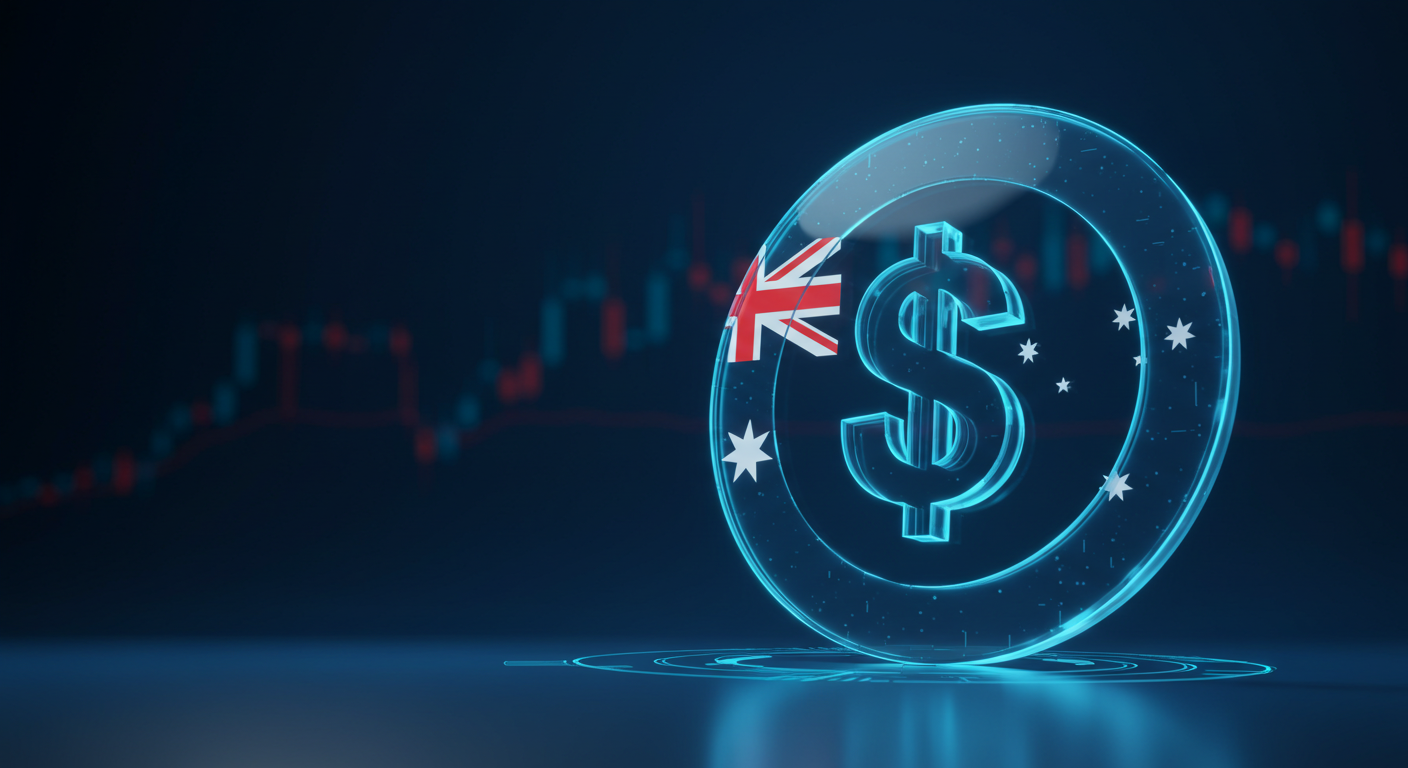
The Euro’s Trade and Economic Impact
The Euro, used by 19 EU nations, is the world’s second most traded currency, involved in 31% of foreign exchange transactions. The ECB in Frankfurt manages Eurozone monetary policy, primarily through adjusting interest rates to ensure price stability.
Economic indicators like GDP and inflation significantly affect the Euro’s value, as do trade balances which reflect export-import differences. A strong economic outlook and favourable trade balance boost the Euro, while weakness leads to depreciation.
The euro remains buoyant, hovering close to the 1.1745 mark against the US dollar, its highest level in nearly three years. That’s a strong indication of how global investors are currently measuring confidence. This shift didn’t appear out of nowhere—it’s clearly tied to weakening sentiment around the greenback due to mounting doubts about the Fed’s ability to stay independent from political influence in the United States.
After comments from Trump aimed directly at Powell, followed by vague hints at future replacements, the market clearly interpreted this as a potential challenge to policy continuity. That perception has probably shaken overseas participants more than domestic ones. A suggestion that monetary guidance could be steered by political preference sows uncertainty. And in currency markets rooted in trust, uncertainty acts as a weight.
Euro and Dollar Market Dynamics
Goolsbee’s comments trying to reassure on monetary objectivity—that the political tone has no sway—may have been intended to stabilise sentiment, but the damage was already priced into positioning. Past Fed minutes were referenced, giving traders the chance to re-anchor their views. But it’s telling that traders didn’t retreat from the euro’s gains, pointing instead to a more sustained reshuffling in narratives. We’ve all seen how much language out of the Fed (or talking points from presidents) influences short-dated vol pricing and breakevens.
At the same time, the euro benefits not just from the dollar’s slips. European policymakers have struck a tone that has helped maintain market calm, even in the face of external shocks. Remarks around structural reforms were relatively contained, but the market seems to have taken well to the broader theme of institutional coordination. Calm isn’t passive; it’s interpreted as resilience.
From a macroeconomic lens, the euro’s support sits on more than sentiment. The common currency has firm underpinnings so long as the Eurozone does not surprise to the downside. GDP surprises and consistent inflation direction remain clean predictors for how we model forward-looking implieds. Importantly, we’ve seen a persistent trade balance that leans positive. In our view, this offsets any marginal softness in industrial indicators, which for now are not triggering wider concern.
Implied vols have nudged lower in euro-dollar pairs. Option traders should altogether consider implieds undershooting spot dynamics—especially where uncertainty on the US side might translate into asymmetric positioning. If there’s anything the last week has taught us, it’s that rhetoric shifts can ignite trend continuations, not reversals, especially when they’re not paired with immediate data or rate movement.
We are preparing as if sentiment may continue to reinforce euro strength gently. Our view is that traders may want to pay extra attention to potential resistance levels based on trailing price action rather than guessing policy shifts. Let the others trade speeches—there’s likely more value in measured exposure that prices in the observable drift, not forecasted headlines.
As for hedging strategies in the coming weeks, the forward rate path looks stable, but don’t ignore spread widening in short tenors—a sign of nerves around upcoming data and speeches. With the ECB maintaining consistency and fewer market-moving unknowns expected from Frankfurt, it may be constructive to revisit long EUR strategies, especially if holding exposure to US-linked pairs fraught with political crosswinds.
Vol remains just suppressed enough that call skew can be rebuilt cheaply. Better entries now on this side could be more durable than chasing motion after another round of headlines complicates the Fed’s optics again. Prepare positioning proactively—and don’t wait for confirmation amid thin liquidity environments.







